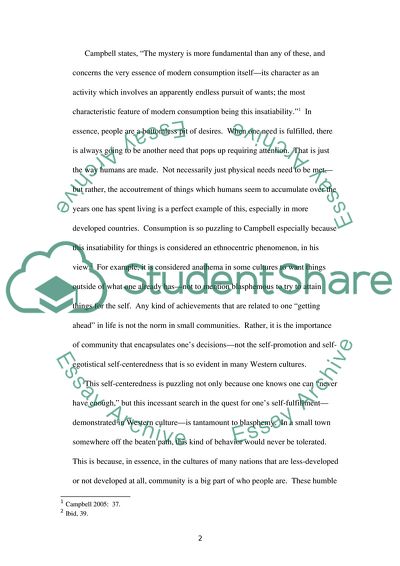Cite this document
(Spirit of Modern Consumerism Literature review Example | Topics and Well Written Essays - 2250 words, n.d.)
Spirit of Modern Consumerism Literature review Example | Topics and Well Written Essays - 2250 words. Retrieved from https://studentshare.org/marketing/1559149-modern-consumerism
Spirit of Modern Consumerism Literature review Example | Topics and Well Written Essays - 2250 words. Retrieved from https://studentshare.org/marketing/1559149-modern-consumerism
(Spirit of Modern Consumerism Literature Review Example | Topics and Well Written Essays - 2250 Words)
Spirit of Modern Consumerism Literature Review Example | Topics and Well Written Essays - 2250 Words. https://studentshare.org/marketing/1559149-modern-consumerism.
Spirit of Modern Consumerism Literature Review Example | Topics and Well Written Essays - 2250 Words. https://studentshare.org/marketing/1559149-modern-consumerism.
“Spirit of Modern Consumerism Literature Review Example | Topics and Well Written Essays - 2250 Words”. https://studentshare.org/marketing/1559149-modern-consumerism.


